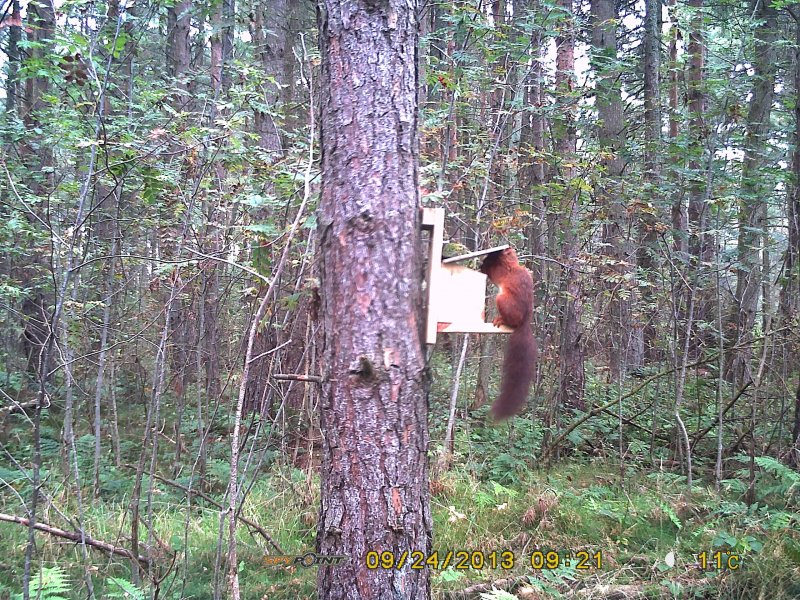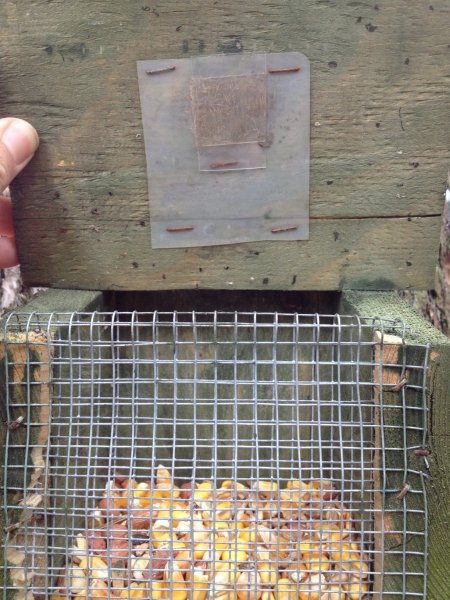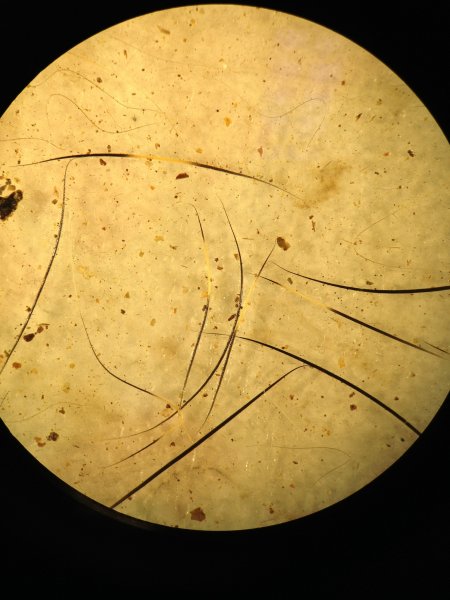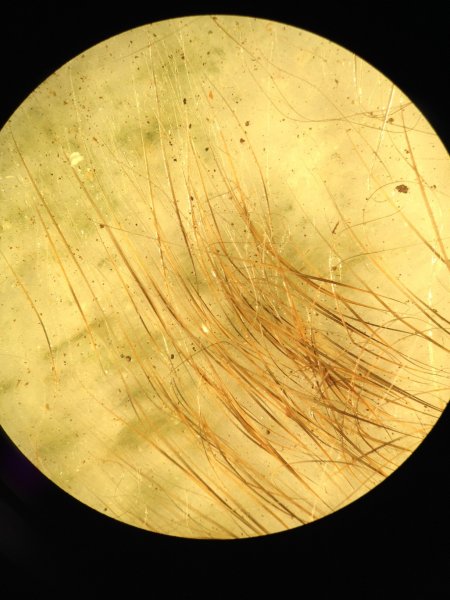Original Author: Steve Willis, Project Officer Northeast Scotland
You may have seen reference to our annual spring survey. Find out more about what’s involved, and how the Project Officers go through all the results.
Throughout March and April each year SSRS engages in a massive survey of red and grey squirrels across all the regions where we work. From the wilds of Galloway Forest Park to woodlands of Donside we aim to get a snapshot of red and grey distribution each year. Now in it’s fifth year in most regions, it allows us to build up a picture of how our native reds are faring, and where grey squirrel control work needs to focus.

We place feeder boxes in suitable habitat and bait it with various tempting treats. When squirrels visit they have to lift the lid to access the food. In doing so they brush against a small sticky pad inside the lid.

Here is a feeder box showing the sticky tab inside the lid. This box has been visited by a squirrel, and hair coats the sticky tape. The ‘sticky’ is carefully removed, covered, and sealed in a bag that is labelled with the date and the location. Each feeder box is visited three times through the survey, so we get three stickies per box.
Much of this work is carried out by volunteers, and by around mid April results flood in by post.

The next step is to identify the hairs on the sticky. The difference between red hair and grey hair is not as obvious as you might think! A microscope is essential, and under good light the hair needs to be viewed under 20-40x magnification.

This image shows grey squirrel hair. The hair is strongly banded and each hair is jet black, yellow, and has a colourless section. The boundaries between each colour are very distinct and the hairs themselves often come to a sharp (javelin shaped) end.

This is red squirrel hair. It is much finer, tapers to almost nothing, and is also quite variable in colour. The hair does, of course, have a reddish/ ginger tinge but also has white colour too. Where the hair is variable in colour they merge into each other, as opposed to the sharp boundaries of grey hair. Another feature of red squirrel hair is a distinct groove along the length of the hair. This is due to some of the squirrel’s guard hairs having a concave cross-section. It’s a handy feature, but doesn’t always show well!
Simple really isn’t it? And just in the northeast we surveyed 49 areas, each with four feeder boxes, each generating three ‘stickies’. So we have a whopping 588 samples to scrutinise under the microscope.
I think I better get on with it………………
Thanks so much to all our hard-working volunteers across Scotland! We HUGELY appreciate your help!
